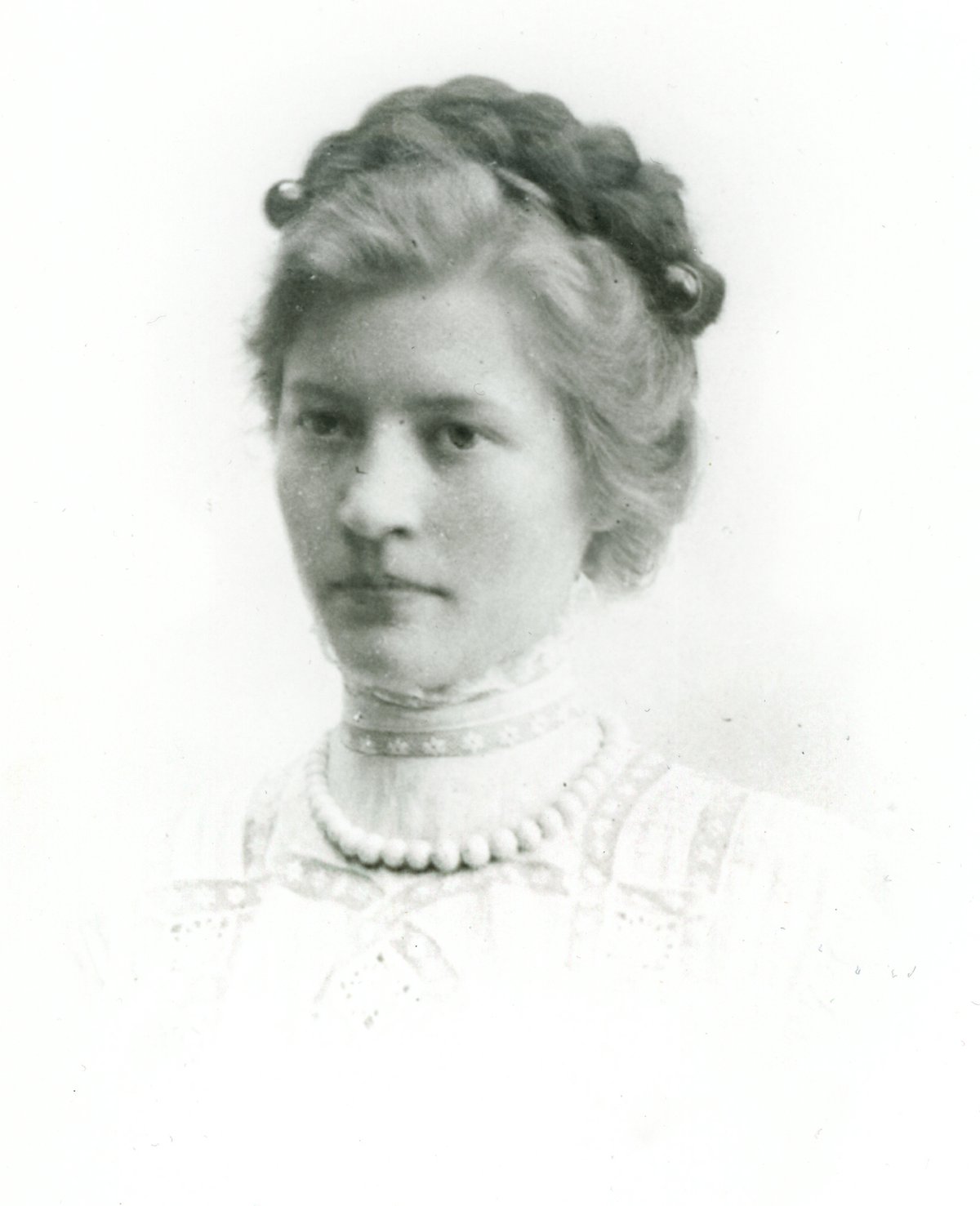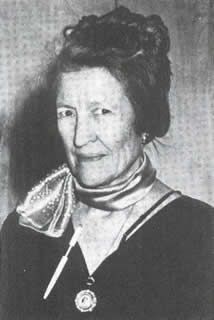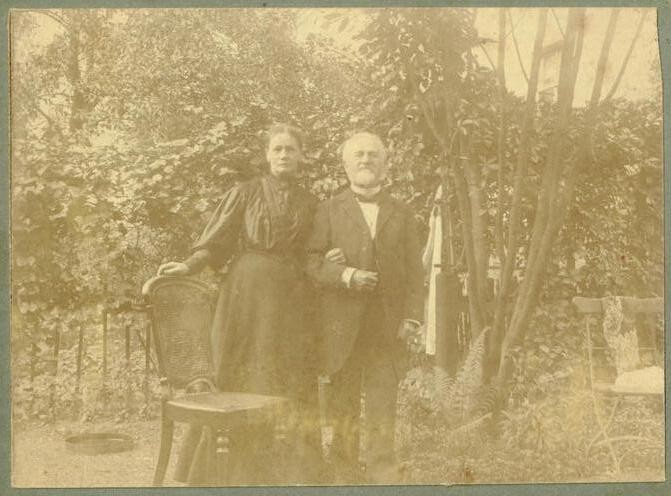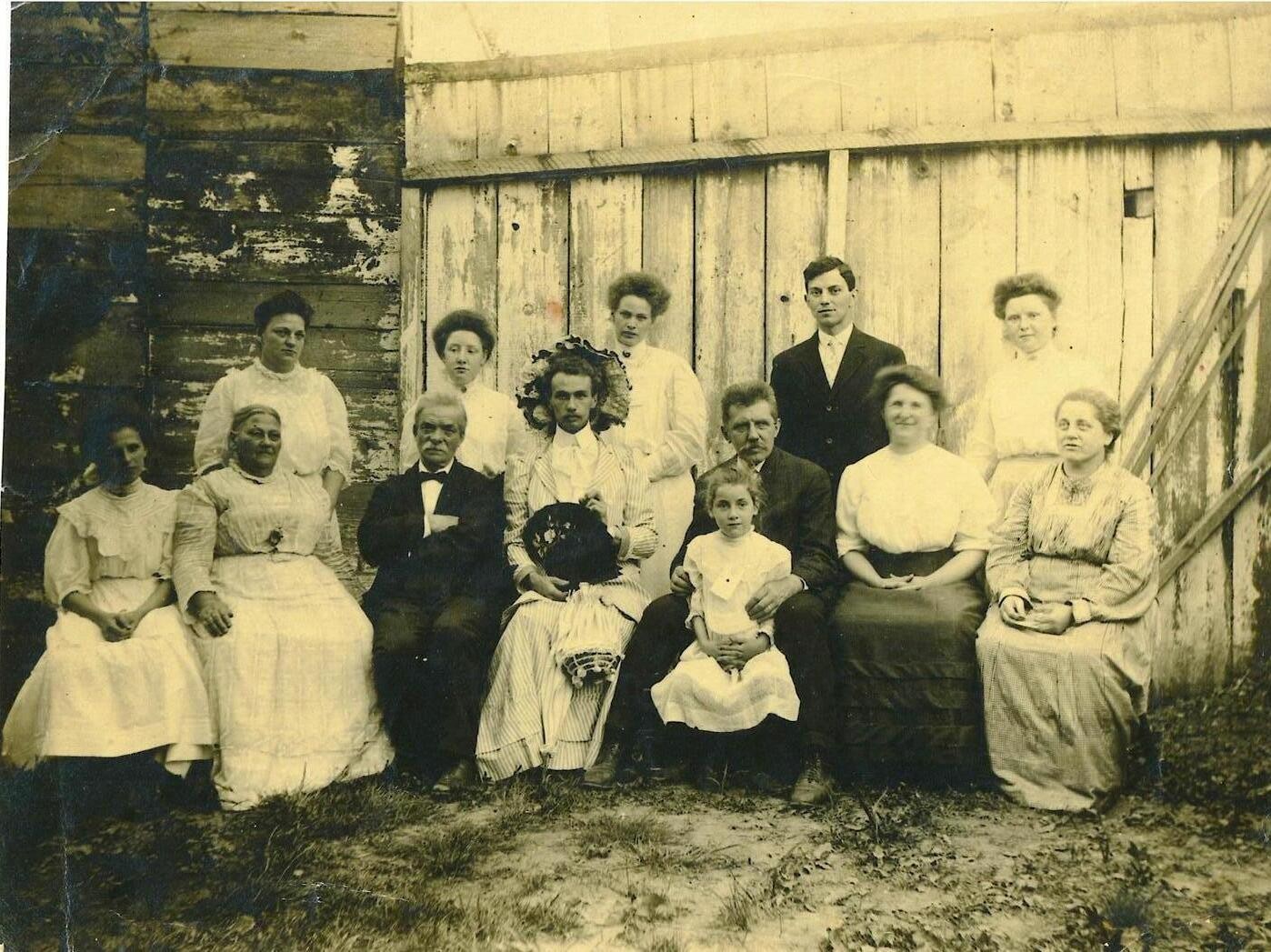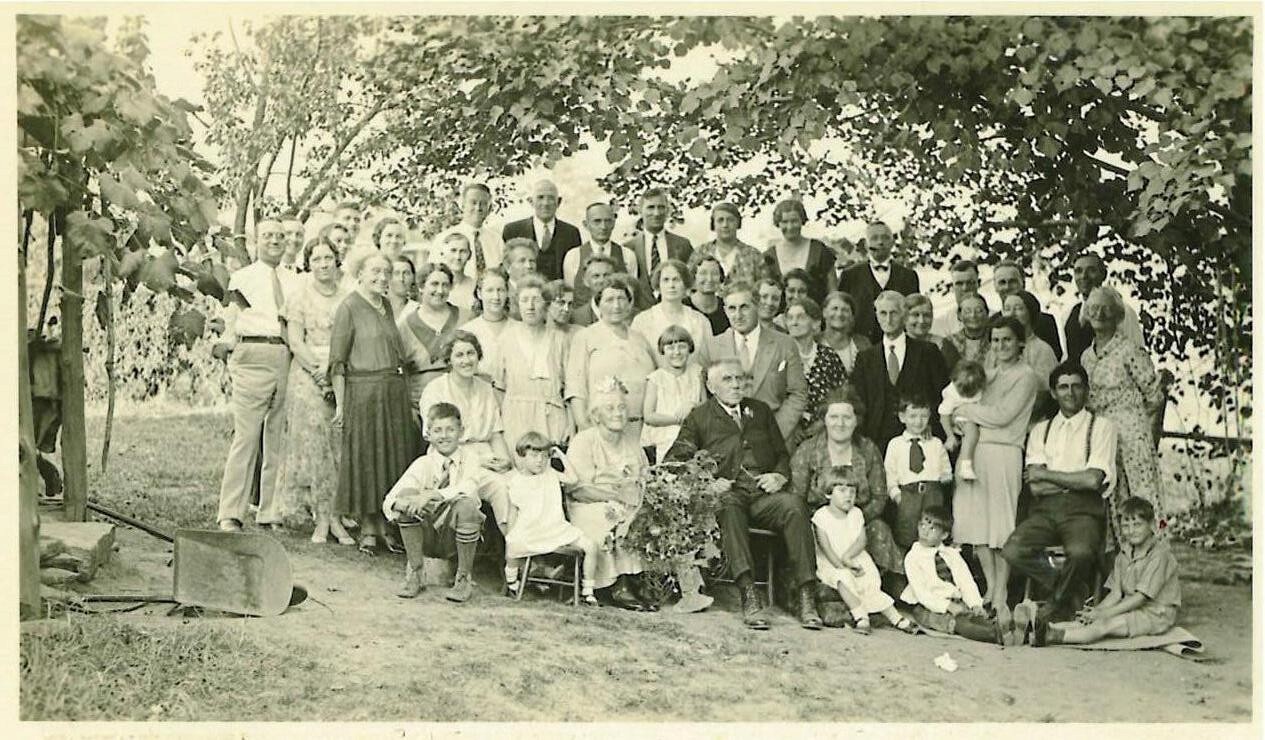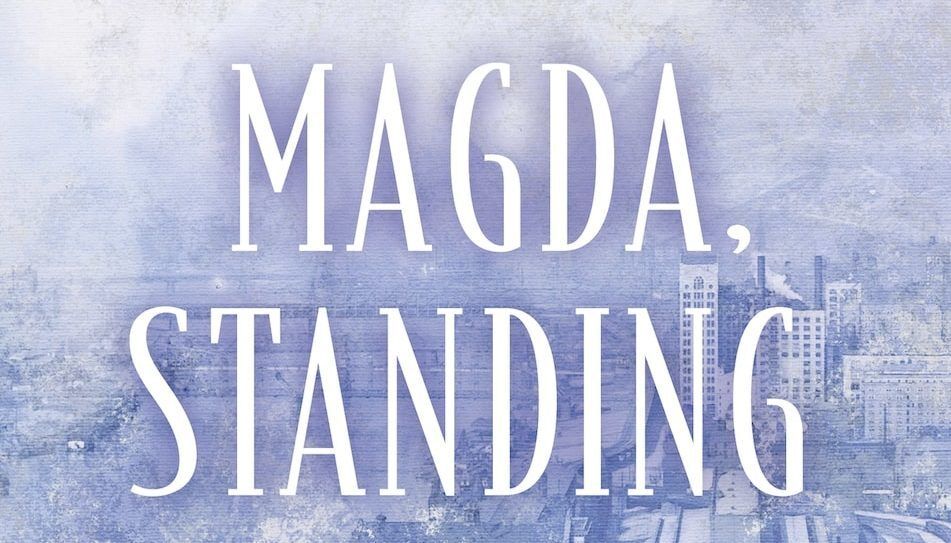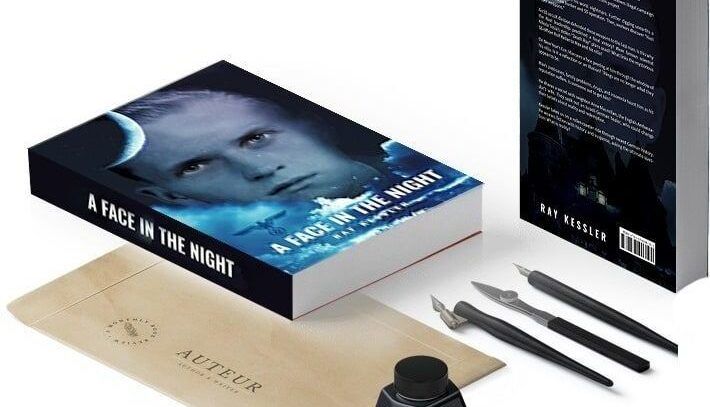In 1917, following the United States’ entry into World War I, the U.S. Navy allowed women to enlist for the first time. Nicknamed “Yeomanettes,” although their proper designation was the less catchy “Yeomen (F),” these women took over clerical work, freeing up more men to fight overseas (a concept that the Navy would adopt a little under thirty years later, when women were allowed into the Navy again, this time as WAVES). Meyer enrolled in the Naval Reserve as a Yeoman 1st Class in 1918, one month short of her 29th birthday, where her experience with stenography, French, German, and typing saw her assigned to the Office of the Chief Cable Censor until June of 1919, when she was moved to the Code & Signal Section.
During her time in the Code & Signal Section, Meyer did not work on any foreign codes; instead, she worked on breaking code systems that had been submitted to the Navy for consideration. She cracked all of them; none would be put into use. All Yeomen (F) were demobilized at the end of the war, but Meyer remained in the reserves until Feb. 5, 1920, when she was honorably discharged, having attained the highest rank available to her. The day after she was discharged, she was hired as a civilian, a move which allowed her to continue her cryptological work, rather than return to clerical duties as a reservist.
In her new position, Meyer was assigned to the cryptographic department of Riverbank Laboratories in Geneva, Ill., where she worked until 1923, when she resigned from Riverbank and entered the civilian sector. Her absence revealed a gaping hole in the Navy’s cryptology department; to compensate, the Navy went through a rotation of other cryptanalysts, including the illustrious Elizebeth Friedman, during her relatively brief absence. She resigned from her civilian job in July 1924, and by August she was working for the Navy again. In 1925, another event took place: Meyer married Michael Bernard Driscoll, a Washington lawyer.
Upon her return to the Navy, the new Mrs. Driscoll was given a new assignment: the Japanese encipherment codes, known as the “Red Book” (thus named because the Navy’s stolen copy was housed in a red binder). As early as the mid-1920s, the United States was aware of–and opposed to–Japanese expansion in the Pacific, and set out to preemptively break the code the Empire of Japan used to send military and diplomatic communications. The Red Book contained 97,336 entries, each made up of a five-digit number, an expression in Roman letters, and a three-character Kana group. Driscoll produced the first full key to the Red Book in 1926, and her key remained in effect for several weeks, until several others were added on to expand it, leading to four keys being in use by 1930. By 1931, however, the Japanese had transitioned to a new code, known as the “Blue Book,” which Driscoll and her team worked on for almost two years. Once the Blue Book had been solved, it was used to decode Japanese messages giving the top speed of a Nagato battle cruiser–in response, the Navy increased the maximum speed of its Carolina-class cruiser to exceed that of the Japanese Nagato. This information was considered valuable enough to justify the entire cryptological section’s peacetime budget.
In October of 1937, Driscoll was severely injured in an automobile accident, from which she sustained severe facial injuries, as well as a broken arm and leg. Her recovery took the better part of a year, causing her to exhaust her sick leave, and to take over 170 days of unpaid leave. She only returned to work full-time in September of the following year–and due to a badly set leg, she would walk with a cane for the rest of her life.
Leading up to the United States’ entry into World War II, Driscoll worked on solving a Japanese system known as JN-25, a descendant of the Red- and Blue Book codes. Progress was slow, however, and in the months leading up to the attack on Pearl Harbor, Driscoll and her team were assigned to a different project: the “German Naval System,” better known as Enigma–a project that was deemed more urgent than JN-25. Driscoll’s team of five was able to produce a limited solution for Enigma, although it would ultimately be a team of Polish, French, and English cryptanalysts that would solve it.
For the remainder of the decade, Driscoll would continue to work for the Navy. Known as “Miss Aggie” or “Madame X” at Naval Intelligence, she had a reputation for not suffering fools gladly, and reportedly cursed “as fluently as any sailor.” She also had a good deal of influence, as well as the backing of half a dozen admirals, having worked for the Navy long enough to have known them as ensigns. Any sailor whom she deemed inadequate could–and would–be shipped off to Hawaii.
In 1949, Driscoll was transferred from Naval Intelligence to the Armed Forces Security Agency, later known as the NSA, where she would remain until her retirement in 1959. Her remaining years working for the government, while successful, were not as exciting as her earlier years working on the Japanese cyphers. Her final assignment was a set of “unreadable” messages that others in her section had found impossible to solve. Two weeks later, she had solved them, and she retired shortly thereafter. Her retirement from the NSA was not acknowledged in any way.
Driscoll spent the decade following her retirement much like any retiree, spending time with her family, traveling, and gardening. She also had a special interest in gambling–a not uncommon hobby among her fellow cryptologists and mathematicians. She and her husband, both academically inclined, continued to attend lectures by leading scientists up until her husband’s death in 1964. One of her nephews entered the Naval Academy in Annapolis, Md., and it thrilled her to know that her family would continue to serve the navy. In 1969, she moved into a nursing home with her sister Margaret, who had also been a Yeomanette, and had worked with her on JN-25 and Enigma.
She died in Fairfax, Va., on Sept. 16, 1971, and was buried beside her husband in Arlington National Cemetery. Following her death, Driscoll was virtually forgotten, except by those who had worked with her. She was inducted into the NSA’s Cryptologic Hall of Fame in 2000, a small acknowledgement for the woman who was at one time deemed the Navy’s best cryptologist.


